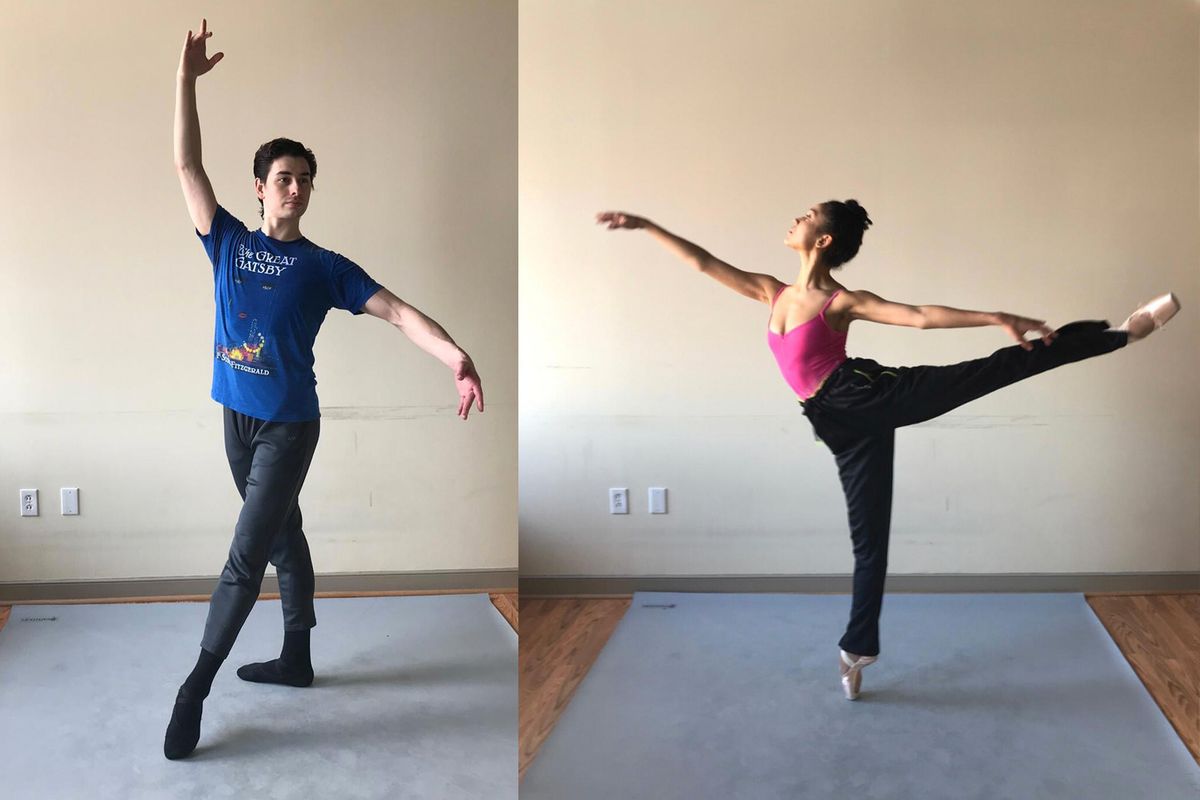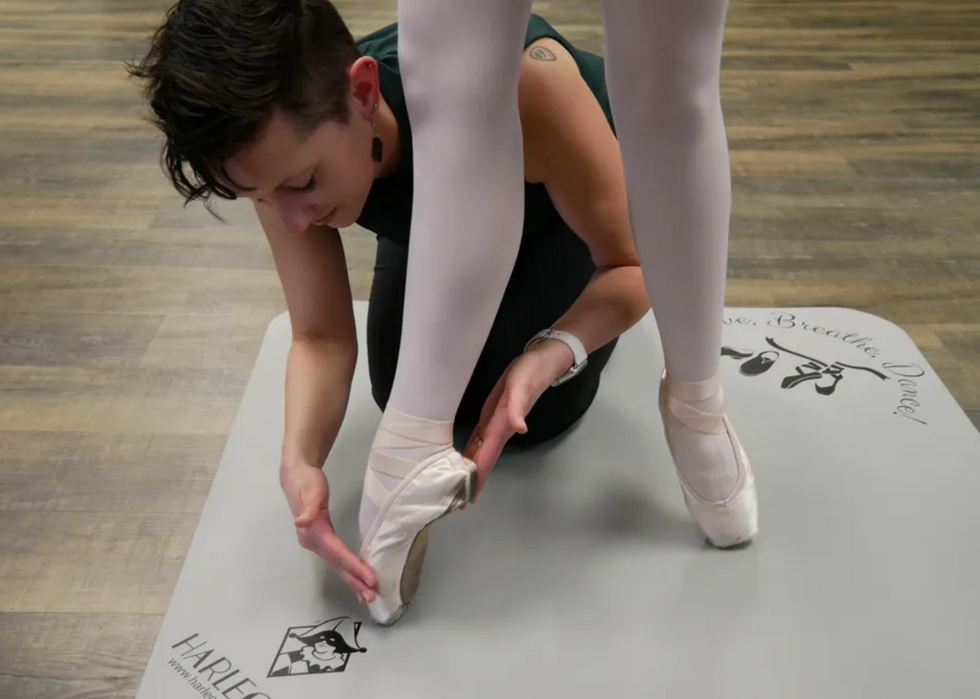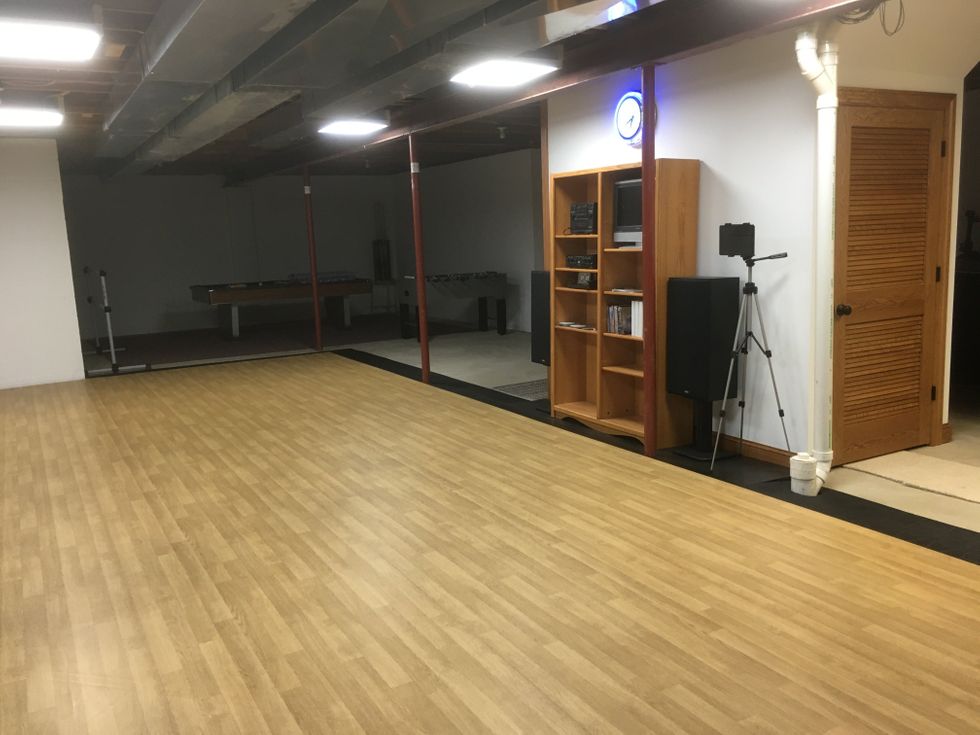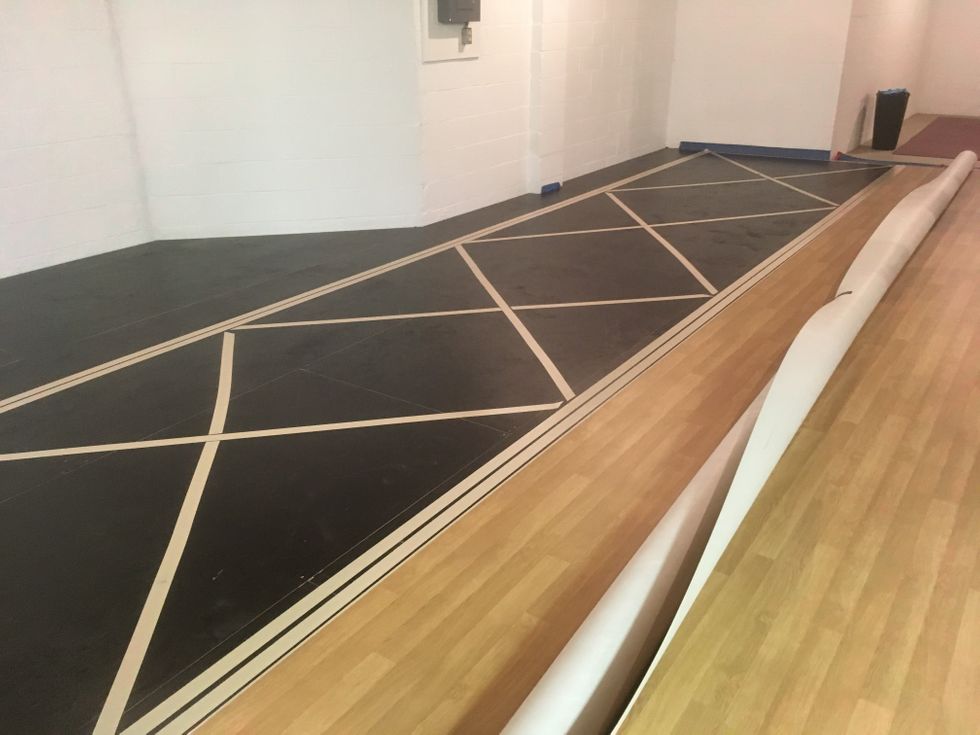
In the three months that most studios across the country have been shuttered due to COVID-19, teachers and students alike have grown increasingly adept at teaching and taking class online.
But no matter how expertly you’re able to communicate over Zoom, or how much you adjust your class to fit into a small space, if you and your students don’t have a place to dance comfortably and distraction-free, it will be difficult to get the most out of training.
By encouraging your students to treat their home studio like the real thing (and doing the same for yourself!) you can optimize the virtual class experience.
Set the scene.
Ever since her teaching schedule moved entirely to Zoom, Burklyn Ballet Theatre artistic director Joanne Whitehill has encouraged her students to approach virtual classes as though they were entering the studio. “It’s a routine and a ritual to go into a dance studio,” Whitehill says. “Being able to set up a home studio—no matter how big or small—is a mental stability for students.”
While taking class in your kitchen or bedroom will never feel the same, you can take steps to ensure you’re getting as close to pre-quarantined days as possible. Harlequin Floors offers a multi-purpose and slip-resistant dance mat (and a smaller practice mat, if you’re working with limited space!) that can be used for everything from pointework to tap classes. Paired with a sturdy countertop or one of Harlequin’s freestanding ballet barres (and maybe even a mirror), teachers can properly demonstrate, and students can return to the familiar.

Harlequin’s smaller practice mat
Photo courtesy Holly Burns
Pennsylvania Ballet star couple and master teachers Sterling Baca and Nayara Lopes own two Harlequin dance mats for their daily classes and cross-training. “We push our two mats together, and it has an immediate psychological effect,” says Baca.
Supplemental studio tools, like a Harlequin Turning Board or foam roller, can encourage more independent studio time for young dancers—especially important now as students are typically receiving less instruction time than usual. (Just make sure students have received proper training in how to use any additional tools.)
And if there were ever a time to install a sprung floor at home, it’s now: Handy parents with fundamental carpentry skills can order a few panels of Harlequin’s self-install sprung Flexity floor, and give their dancer a safe area to practice jumps at home.
Luckily, Cleveland-based ballroom and tap teacher Fred Discenzo installed Harlequin’s Flexity flooring in his home basement last summer. His initial hope was to find a solution to growing knee and hip pain from home practice, but now, what was meant to be a rehearsal area for him and his wife has become a professional-quality haven for them to continue moving through the pandemic.
Not sure you want to dedicate that extra room or basement into a permanent studio space? Discenzo says that the flooring is easy to install and easy to move—so you only have to commit to the sprung floors as long as you need to.

Discenzo’s home studio setup.
Photo courtesy Discenzo
Nail the routine.
For dance mom Jodi Visco, creating a routine that involves the whole family has helped her 13-year-old keep up with her regular dance schedule on Zoom. Her daughter, Kate, has been using Harlequin’s dance mat with an accompanying barre and mirror for her daily jazz, tap, modern and ballet classes in an available upstairs room.
“For us, it was a matter of separating spaces and staggering certain things,” Visco says. It takes coordination and practice, but Visco has been able to schedule her conference calls around Kate’s tap classes or her other daughter’s music lessons. “We’ve been flexible working around each other,” she says.
Whitehall agrees, adding that the most important thing parents can do for young dancers is to encourage them to act as if they were back in the studio environment. That means refraining from talking with passing family members or snacking while in a virtual class.
“The funniest thing I see when teaching on Zoom is when dancers raise their hand and ask to use the bathroom,” she laughs. Even though young dancers are in their own homes, it’s essential for them to feel as though they are giving their teachers the same respect as they would in person.
Finding a routine or regimen can also create a meaningful getaway from the stress of quarantining or sheltering-in-place. Whatever space you create as a teacher or student, make it an escape. “It’s a joy I look forward to,” says Discenzo of his own daily practice in his sprung home studio.

Discenzo’s home studio in-process
Photo courtesy Discenzo
Quality over quantity.
Parents might be tempted to put their dancer’s mini-studio in the kitchen or move aside furniture in the living room, but Whitehill warns against this. “Dancers don’t need to have a huge space,” she says, emphasizing that taking class in more public spaces can actually lead to more distractions.
“We’ve been trying to inspire our students by reminding them that a lot of ballet technique is stationary, so there’s no reason you can’t improve with the space you have,” says Baca. He reports that he’s been following his own advice with barre work and small jumps on his dance mat, and has still seen improvement.
Just be sure to watch out for bad habits that crop up from limited space. “I see students adjust themselves to avoid the wall behind them, but they forget to bring their turnout along with them,” Whitehall says. She recommends teachers draw their students’ focus back to structural basics, especially the eight body positions in ballet technique. Whitehill has even had her students with Harlequin dance mats tape the four corners of their “box” to encourage proper facings, something she wouldn’t have been able to do in a regular studio.
Don’t forget to recharge.
Lopes admits to feeling overwhelmed since COVID-19 closures upheaved her schedule, and advises teachers and students to set standards for what they can expect. That means finding an ending to your workday, too. Once you’ve finished with your day of Zoom classes, put your home studio equipment away (both Harlequin’s dance mat and practice mat can be rolled up, and the practice mat comes with a carrying bag), or go to another room where you can recharge. Creating a space to teach and train is just as important as creating a space to decompress at the end of the day.



